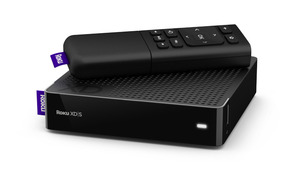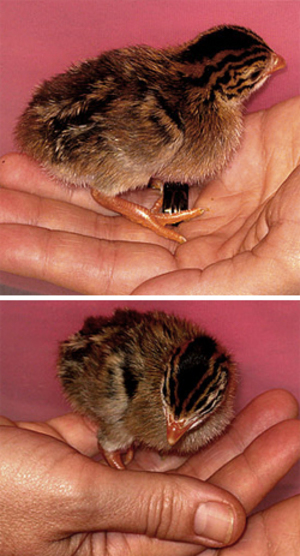The recommended daily food exchanges for diets are different for each individual and are based on a variety of personal factors. Including foods most frequently consumed in the United States, this system allows nutritionists to easily modify or recommend diet plans for weight loss, or to develop diet plans for patients with specific diseases or health conditions, such as people with diabetes.
For weight loss, you can develop a daily allowance of food exchanges which may help you to lose weight and keep it off. The final section of this article explains how you can generate your own food exchange list for weight loss and or maintenance.
Foods On The Exchange List
Dietary exchanges are used for the following groups of foods: starches, vegetables, fruits, fat-free and very lowfat milk, very lean protein, lean protein, medium fat proteins, and fats. There are several sub-categories for these groups, as well as hundreds of individual foods to choose from each category.
For example, the very lean protein category will include sub-categories like fish, certain egg substitutes and several kinds of beans. The sub-categories are then broken into individual foods, i.e., legumes – including black beans, kidney, chick peas and lentils.
How It Works
Each category contains a set of must-have nutritional data, such as the number of calories or fat grams allowed. All foods in this particular group should contain amounts of calories and fat that are in the same ball park figure to be considered equal exchanges.
For example, the exchange data for vegetables is 25 calories and 5 grams of carbohydrates per serving. By referencing the exchange list, consider a half cup of cooked vegetables (such as spinach, broccoli or carrots) to be equal to one cup of raw vegetables (like salad). Either option is equivalent to one vegetable exchange.
Foods And Their Exchanges
Fruit exchanges must be 60 calories and 15 grams of carbs per serving. Examples include 1/2 cup of fruit juice, 1 cup sliced or cubed fruit or 1 medium piece of whole fruit.
The fat-free and very lowfat milk exchange must be 80-150 calories per serving. These could include 1 cup fat-free or 1% milk or 1 fat-free or lowfat yogurt.
For starches, a serving should contain 80 calories and 15 grams of carbohydrates each. Examples include ½ cup pasta, 1 slice bread bread, 3 ounce baked potato or ¾ cup cereal.
The recommended exchange for very lean protein is 35 calories and 1 gram of fat per serving. Examples of include 1 ounce skinless chicken breast, canned tuna (packed in water) or 2 egg whites.
When eating lean protein, the recommended exchange is 55 calories and 2-3 grams of fat, of which could come from 1 ounce salmon, dark meat turkey or beef tenderloin.
Servings of medium fat protein will contain 75 calories and 5 grams of fat. Foods include 1 ounce pork chop, ground beef or mozzarella cheese.
For fats, the recommended exchange is 45 calories and 5 grams of fat. One serving is equal to 1 teaspoon butter, mayonnaise or 1 slice bacon.
Do It Yourself
A helpful site to visit to get personalised recommendation for the number of food exchanges you need to lose weight is the USDA’s My Pyramid Meal Planner.
(http://www.mypyramidtracker.gov/planner/launchPage.aspx)
Here you can enter personal data including your sex, age, weight, height and current physical activity level, as well as your goals – whether they are to lose or maintain weight. The Meal Planner will then generate the correct amount of daily food exchanges you need to meet your dietary goals. Good luck!


